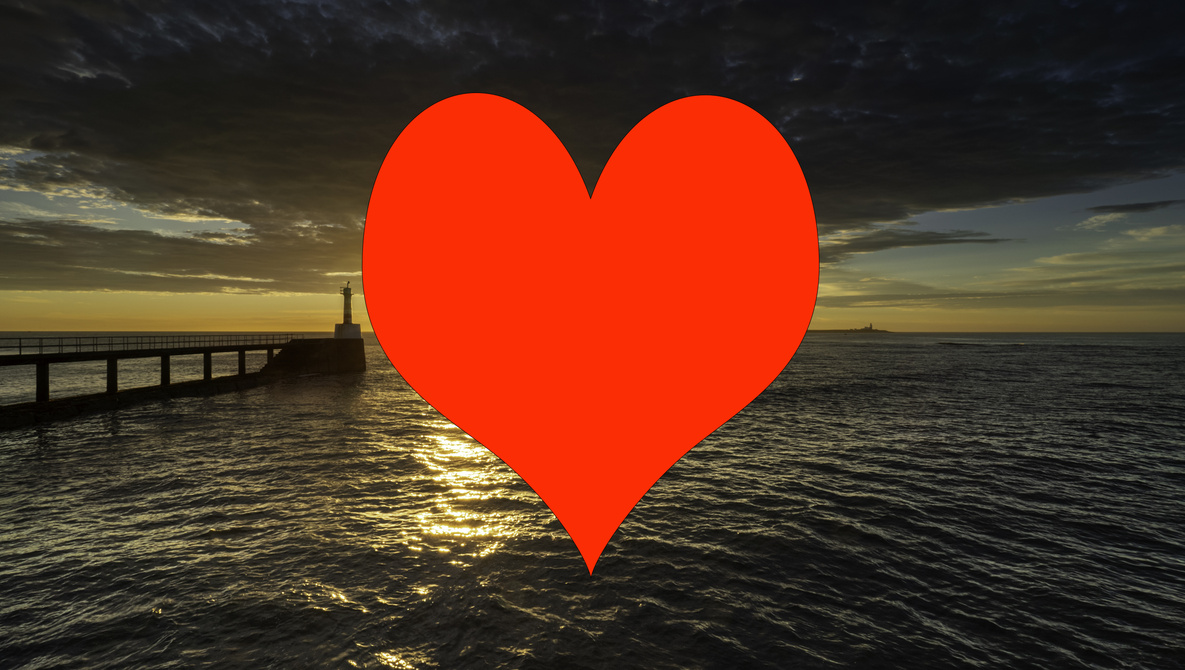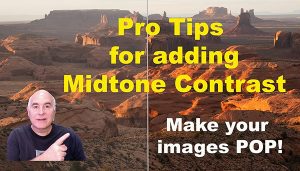
Isn’t it time we returned to how we used to share photos? There’s little point in creating photographic art if people are not going to see it, and although it reaches a wide audience, there are good reasons to take a step back from social media and consider other options instead.
Social media has become a pariah. Proven to affect mental health, especially in young people, it’s also become known for spreading lies by corrupt politicians, enemy states, and extremists promoting hate. Therefore, perhaps it is no longer a place for the friendly photographic community. Furthermore, it is addictive. It pushes people to constantly scroll through meaningless drivel and post images hoping that someone, somewhere, will like them.
Consequently, there’s a good argument for stepping back 20 years to how we used to share our pictures.
The Problem With Instagram
Although never perfect, Instagram used to be a good place to share our photos. Now it’s full of mildly amusing but instantly forgettable and often plagiarized reels of dross. I used to go there to look at other photographers’ work and become inspired, but to find one good picture, you need to fight past loads of distracting, time-wasting garbage. Many people I’ve spoken to have found they waste untold hours when they pick up their phones and get lost in this midden of nonsense.
It wasn’t long ago when we were just plagued by clickbait that tempted us to scroll through a hundred pages stuffed with advertising before we would see a picture of what some long-forgotten celebrity looks like these days. That still exists, but those pages have been mostly superseded by poor-quality and boring videos that you must watch to the disappointing end to find what you were promised at the start. I have better things to do with my life.
Gone are the days when Instagram was almost an adequate place to showcase photographers’ work. Even back then, our photographs were swimming among the selfies of pouting youngsters hoping they would become famous, and snaps of the expensive meal our acquaintances were about to consume in a feeble attempt to show their lives were better than ours. Nevertheless, well-crafted photos featured far more prominently back then than now.
Neuroscience shows that social media use affects our ability to maintain attention. Constant disruption from notifications can overwhelm us and cause stress. Furthermore, it has been found that using social media, although greater controlled studies are needed, suggests that excessive smartphone use shrinks parts of the brain required for sustained concentration. This is bad news, especially for children’s and young adults’ brain development.
Moreover, heavy social media users tend to perform worse on cognitive tasks than moderate users. This is thought to be because social media competes for attention, and those who use it heavily have a harder time ignoring its distracting influence. It has been found that when a phone is not in the same room as you, you are far more likely to perform well at whatever task you are doing than if it is by your side.
It is addictive too. The dopamine hit we receive from someone liking or commenting on our posts is like that people get from taking cocaine, and so they crave more.
It has its uses. I use Facebook to maintain contact with my family and friends locally and those dotted around the world. From a business perspective, advertising on social media used to be far more effective than paper advertising. However, as my business became established and my reputation grew, I didn’t need to pay for advertising. The old-fashioned word-of-mouth recommendations work best for me.
I do upload to Instagram too. That’s mainly to share my work with family and friends, but I don’t chase followers. I find the image previews are too small to do justice to my photographs.
Additionally, people are abandoning social media because of its ability to spread lies. Those with evil intent know that if they repeat a lie, no matter how big, people will start to accept it as the truth. Conspiracy theories appeal to the human psyche, and social media helps promote them. Consequently, gullible people are prepared to believe that the world is flat and that nearly 90,000 peer-reviewed scientific papers are wrong about climate change being a plot to keep ordinary people downtrodden. Strangely, those who spread those conspiracies are the very people who subscribe to the belief systems that want to impose autocratic rule based on fear and hatred.
The violence seen on the streets here in the UK was the result of lies spread by far-right extremists, and the storming of the Capitol on January 6, 2021, was similarly the result of lies told on social media. Do we want our photos rubbing shoulders with that sort of malice?
Given all that, plus the widely reported ex-Twitter X technical problems and its growing number of “eXiles” who are leaving in droves, plus the navel-gazing pseudo-academic boring nonsense on Threads, and the sickly self-affirming soundbites on LinkedIn, what should we be doing with our photos if we are turned off social media?
Where Else Can We Share Our Photos?
There are some ways of sharing your work that require a bit more effort on your part than uploading to Instagram.
1. Back to Blogging
Blogs are becoming more popular once again. Substack has led the way with this. Fabulous photographic content is posted there. Of course, WordPress and Google-owned Blogger are out there too, doing well. The WordPress platform can be uploaded to and used on your server space to create a personal website too. You don’t have to be a great writer to create a blog; just posting regular photos can work.
With a blog, you can control your galleries’ overall appearance and make coherent collections. You can also network with other blogging photographers and enthusiasts for your subject matter. For example, ornithologists may follow bird photographers’ blogs, and entomologists might be interested in the work of insect macro photographers.
A blog can be cheap and quick to set up. There are many tutorials online showing you how to do it.
It is more challenging to get your blog noticed. Unlike social media, you need people to know you have posted a new image. RSS feeds used to be the way to do this, and RSS readers like Feedly or The Old Reader still work, but fewer people use RSS these days. Creating a mailing list using MailChimp can help with that.
However, if you want your photos promoted to a wider audience, learning Search Engine Optimization (SEO) or paying for advertising might be necessary. That could also mean falling back on social media to promote your blog posts.
2. Fstoppers and Other Online Galleries
The Fstoppers Gallery is great for sharing your images with other photographers. It is useful because you can learn how to improve your work from constructive comments.
However, with all online galleries where people can vote and comment on your work, they are only beneficial if you are not offended by others’ subjectivity and can ignore the odd troll. Because a photo doesn’t appeal to someone else’s taste, it doesn’t mean it’s bad. You might be producing truly original work, and others might not appreciate it because it is beyond their ability.
Flickr is still a great place to share your photos. You are limited by the number of photos you can have in your gallery before you start to pay for their services, but that is a generous 1,000. Likewise, 500px allows uploads of up to 20 photos per week without a subscription. Both sites offer additional monetization and advertising perks when you start a professional account.
There are also specialist websites with galleries that concentrate on individual themes. For example, the mainly ornithological website birdguides.com has galleries not only for birds but also for butterflies and moths, dragonflies and damselflies, and mammals.
It’s worth checking your camera manufacturer too. They may have a customer’s gallery, like the OM System gallery I visit.
One limitation of these sites is that you share images with people who use them, not the wider public. It’s mostly photographers who visit the galleries. Consequently, you are not necessarily reaching your targeted audience, which might be your friends and family, or if you are a professional, a potential client.
3. Printing is Perfect
Nothing compares to a high-quality print on a medium that suits the picture. It oozes class. One then must decide what to do with the prints. The obvious answer is to hang them on the wall in your home. However, many towns and villages have community centers or halls, and it should be possible to hold an exhibition of your work there, perhaps in collaboration with other photographers.
Good-quality photo books are another option. I was recently sent a copy of one that one of my former students had published. It was excellent.
Sharing printed photos with your local community should not be too difficult. There are many social benefits to aiming your photo gallery at your local community.
There are exceptions, but if your photo gets a fleeting glance and perhaps a click of a like button from a few dozen photographers on Instagram or Facebook, it will be forgotten by most of that audience. However, a hard copy of a photo and a few people appreciating it locally has far more value. I remember far more photos I have seen in exhibitions and books than online.
In Conclusion
Social media is still a useful tool. Some years ago, I set up and still run a successful and friendly Facebook photography club for where I live. With about 2,000 members, it does work at keeping people motivated with its weekly challenges and discussions. There are little pockets of usefulness like that on social media that help photographers.
The real returns from social media for photographers are far less than many might suppose. Moreover, the harm it causes through spreading misinformation and lies, plus the brain damage it causes from constant use, is starting to outweigh the good. So, perhaps it is time to start sharing our photos with people who matter using far more positively impactful techniques.
Are you addicted to social media? Or do you try to ignore it as much as possible? Alternatively, are there other means of sharing your photos that you use that I have not mentioned here? Does the damage social media causes both to society and the mental and physical brain health of young people cause you concern? It would be great to hear your thoughts in the comments.



